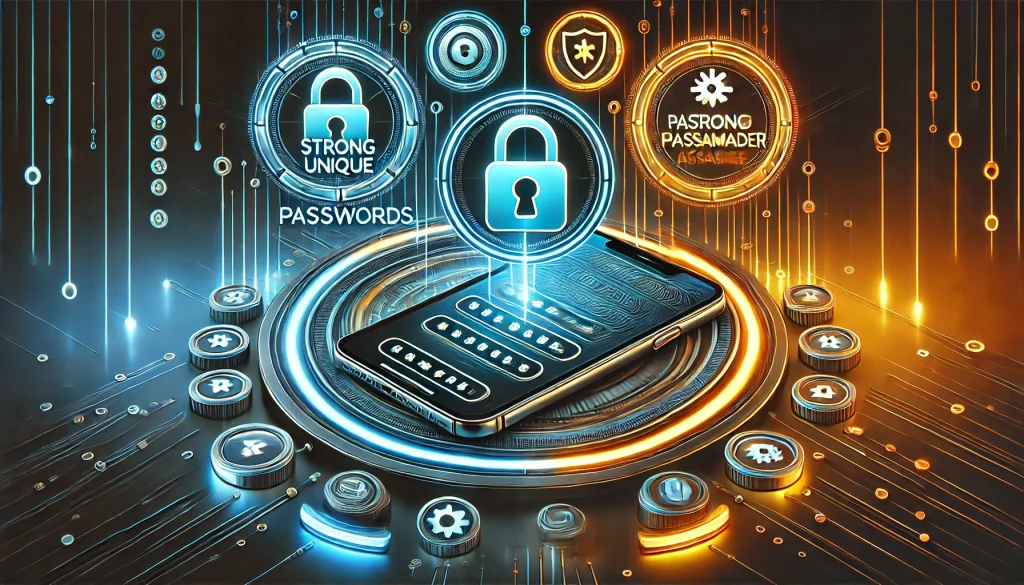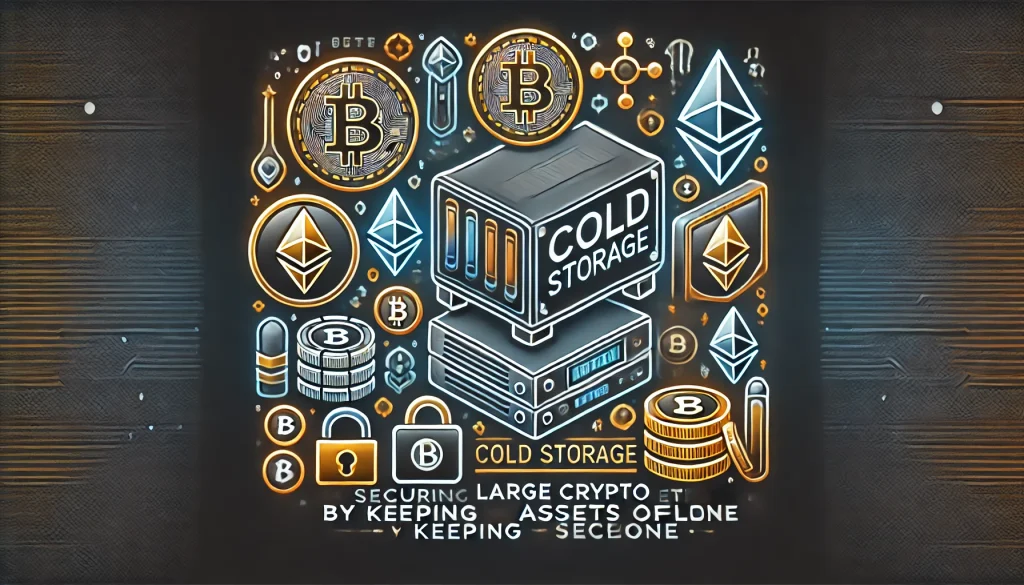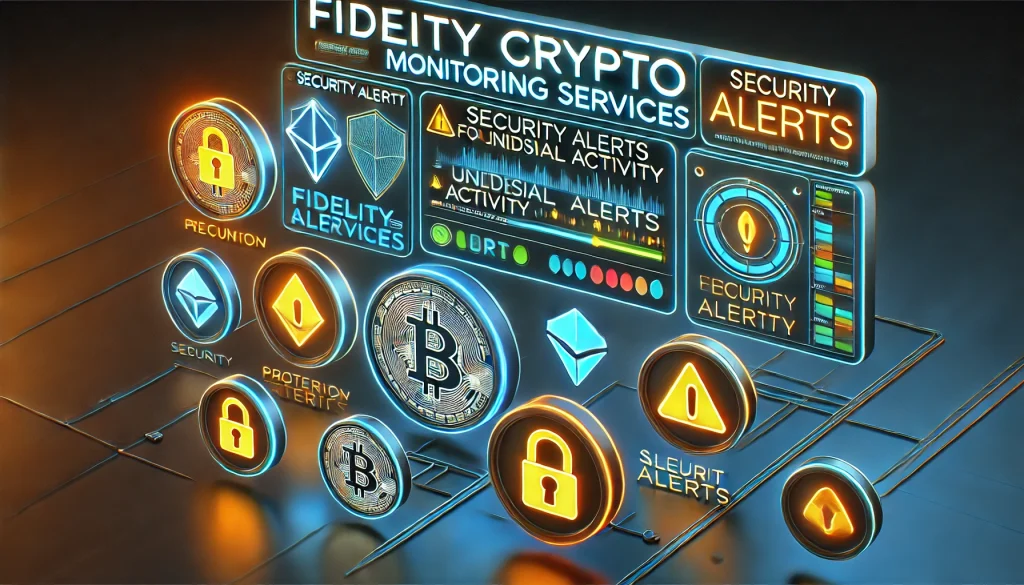Is Your Crypto Safe? Essential Security Practices for Digital Assets
In the world of cryptocurrency and financial technology (fintech), safeguarding your assets is paramount. With the rise of crypto ETFs, platforms like Fidelity Crypto, and the continuous expansion of fintech, the need for robust security measures has become essential. But what is a digital asset, and how can you protect it effectively? In this article, we dive deep into the best security practices for safeguarding digital assets, offering insights into how to keep your crypto and other assets secure.

A Quick Overview of Digital Assets and Security Practices
Digital assets can encompass anything from cryptocurrencies like Bitcoin and Ethereum to more complex forms of value such as tokens, smart contracts, and even digitized real estate. These assets exist entirely online, making them vulnerable to cyber threats like hacking, phishing, and malware. Ensuring their safety requires a combination of best security practices, tools, and awareness.
Key Features of Digital Asset Security Practices:
- Two-Factor Authentication (2FA): A method of confirming a user’s identity using a combination of two different factors.
- Cold Storage: Offline storage of digital assets, making them less vulnerable to cyber-attacks.
- Strong Passwords: Using complex and unique passwords for each platform or wallet to minimize risk.
Protecting these assets means adopting a multi-layered approach to security that covers both technical safeguards and user behavior. With increasing innovations in financial technology, staying updated on the latest security practices is crucial to avoid falling prey to cybercriminals.
Digital Assets: Pros and Cons
When it comes to protecting it, there are several advantages and drawbacks to consider. Understanding these will help you make informed decisions about your security strategy.
Pros:
| Feature | Description |
|---|---|
| Decentralization | Digital assets like cryptocurrencies are decentralized, reducing risks associated with central authorities. |
| Accessibility | Digital assets offer global accessibility, allowing users to access their funds from anywhere. |
| Transparency | Transactions are recorded on a public ledger, providing transparency and traceability. |
Cons:
| Feature | Description |
|---|---|
| Volatility | Cryptocurrencies are highly volatile, which can affect their value in a short span of time. |
| Security Threats | Digital assets are vulnerable to hacking and cyber-attacks if not properly secured. |
| Regulatory Uncertainty | The lack of clear regulations can pose risks for both asset holders and investors. |
Deep Dive: Protecting Your Digital Assets in the Fintech World
When it comes to protecting your assets, a multi-faceted approach is essential. Let’s explore the different layers of security you need to consider, from basic password management to advanced hardware wallets.
1. Password Management

One of the most overlooked aspects of digital asset security is password management. Ensure that all passwords related to your wallets and exchanges are strong, unique, and frequently updated. Implementing a password manager can help store these passwords securely.
2. Two-Factor Authentication (2FA)
Implementing 2FA adds an additional layer of security, requiring not only a password but also a secondary form of verification, such as a text message or authentication app.
3. Cold Storage

For those holding large amounts of crypto ETFs or other significant digital assets, cold storage (offline storage) is recommended. By keeping your assets disconnected from the internet, you can minimize the risks of hacking and malware.
4. Secure Your Devices
Ensure that all devices used to manage your digital assets are secure. Use antivirus software, avoid public Wi-Fi, and regularly update your operating system to patch vulnerabilities.
5. Monitoring and Alerts

Using platforms like Fidelity Crypto or other fintech providers that offer monitoring and alert services can help keep you informed of any unusual activity on your accounts or wallets. Immediate alerts allow you to act swiftly in the case of a potential breach.
According to CM Alliance in their article on cybersecurity best practices, it’s critical to stay vigilant and continuously adapt to new threats. In addition, Memcyco stresses the importance of being aware of phishing scams that target digital asset holders.
Digital Assets: Best Practices Comparison
Comparing security measures across various platforms, it’s clear that not all offer the same level of protection. Let’s take a closer look at how some of the most popular fintech platforms compare when it comes to securing your assets.
How Does Platform Security Measure Up?
| Platform | Cold Storage | 2FA | User Alerts | Device Security Features |
|---|---|---|---|---|
| Fidelity Crypto | Yes | Yes | Yes | Limited |
| Coinbase | Yes | Yes | Yes | Robust |
| Binance | Yes | Yes | Yes | Moderate |
Fidelity Crypto, for instance, provides a range of security features but may fall short compared to Coinbase when it comes to device security features, which include advanced biometric authentication.
For users prioritizing security, platforms offering multi-layered security protocols are the best choice. Services like Binance and Coinbase are often favored by seasoned traders for their robust security practices, while Fidelity Crypto is a solid option for investors who want to diversify into digital assets through ETFs.
Our Final Verdict on Digital Assets Security
As the world of fintech continues to expand, protecting your assets is more critical than ever. With various platforms and practices available, choosing the right security measures can make a significant difference in protecting your investments. Whether you’re an experienced trader or just beginning to explore assets, prioritizing security is non-negotiable.
Digital Assets Security Rating
For overall security, we rate the current security best practices for digital assets:
★★★★★ (4.5/5)
The combination of tools like 2FA, cold storage, and secure platforms offers excellent protection, though user vigilance is still required.
FAQ
What is a digital asset?
A digital asset refers to any online or digital value form, including cryptocurrencies, tokens, digital contracts, or intellectual property. The nature of these assets being online makes them vulnerable to cyber threats. Security practices such as cold storage and 2FA are critical for safeguarding them.
How can I protect my digital assets?
To protect your digital assets, use secure passwords, enable two-factor authentication, and store large amounts in cold storage. Platforms like Fidelity Crypto and Coinbase offer robust security features that help protect your investments from unauthorized access.
What makes fintech platforms secure?
Fintech platforms like Binance and Coinbase use a combination of cold storage, multi-factor authentication, and device security features to ensure user funds are protected. However, individual actions, such as using a strong password and avoiding public Wi-Fi, are equally important.
Resources
- CM-Alliance. Essential Cybersecurity Best Practices for Safeguarding Digital Assets
- Memcyco. Top Digital Asset Protection Methods
- Smarttech247. Best Practices for Protecting Your Digital Assets
- Namecheap. Best Security Practices for Safeguarding Digital Assets
- Trakx. Crypto Security

